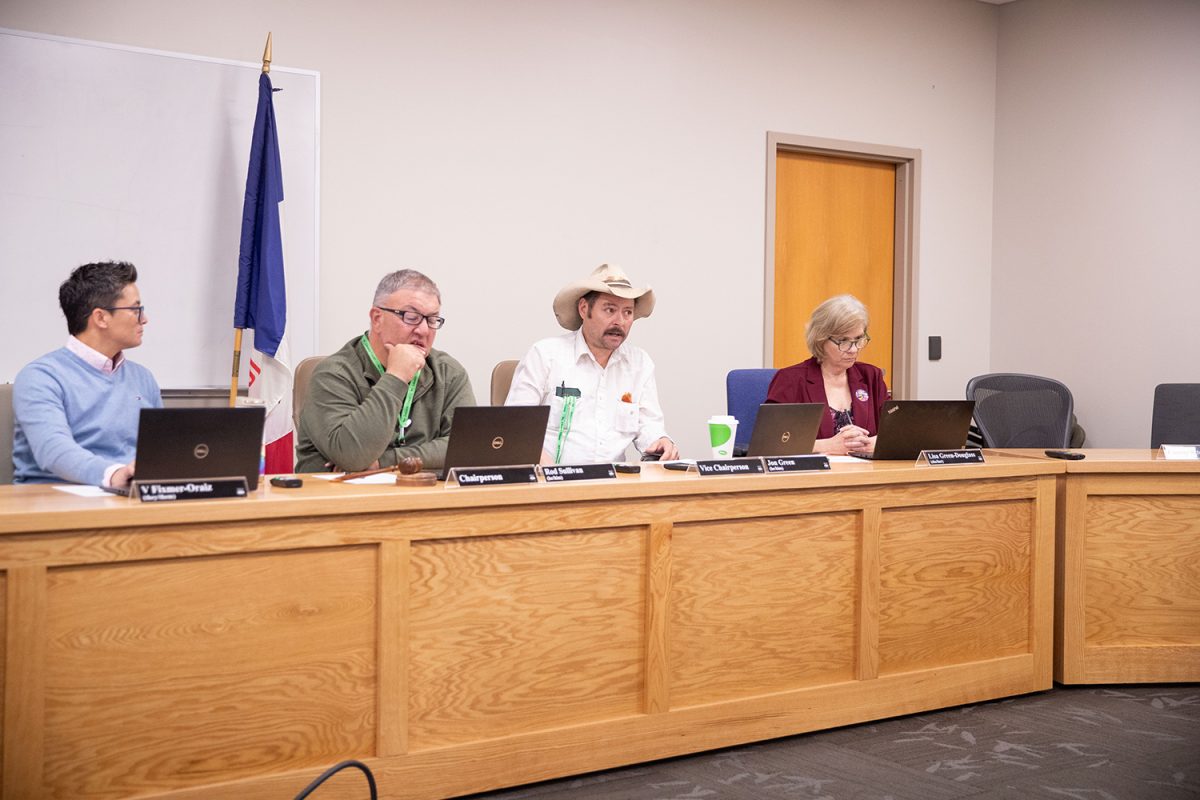As grant applications nationwide ramp up in competitiveness, crucial organizations are left scrambling for funds to continue operating.
Iowa City’s own United Action for Youth, or UAY, now faces this problem. The nonprofit struggled to receive grant funding for this cycle, funds that would have mainly been poured into the Transitional Living Program.
UAY’s Runaway and Homeless Youth Services Coordinator Olanthda Fields said the goals of Transitional Living Program are to provide housing for youth who are homeless or on the verge of being homeless.
“There are other functions that we focus on when we talk about stabilizing youth who are in those situations,” she said. “And so that is providing education and employment support as well as just teaching them about those tangible skills that they need to maintain themselves.”
UAY reports that 21 percent of homeless individuals in Johnson County are under the age of 18, with another 10 percent in the range of 18 to 24.
UAY Executive Director Talia Meidlinger discussed such numbers at the Oct. 30 Johnson County Board of Supervisors meeting, in which she requested funding in the wake of the grant rejection.
“We’re seeing nationally the trend that people are experiencing homelessness at an increasing rate,” she said. “And 76 percent of youth identified as homeless were identified as cohabitating with other people because of a loss of housing, which is what we see mostly in Johnson County.”
Meidlinger said youth below the poverty line, including the homeless, are five times more likely to experience four or more adverse childhood experiences such as substance use, physical abuse, sexual abuse, or a mental illness. Homeless youth are also much more likely to fall victim to human trafficking, according to UAY.
“It’s really about zoning into their specific needs,” Fields said. “We try to make sure that we’re working on an individual basis, making sure that [treatment] is youth-focused and centered around their actual circumstances.”
For bare minimum operations, the Transitional Living Program needs $100,000 in funding, which it has secured, according to UAY. The nonprofit would need $250,000 in total to expand and house more youth. Fields said as of now, the program will only be able to sustain six youths.
UAY applied for grants from the Administration for Children and Families, an application that gets tighter by the year.
Throughout the regions of Iowa, Kansas, Missouri, and Nebraska, Fields said there were 11 grant applications submitted. Applications are scored on a 100-point scale based on their strategies and approach to use the funding.
UAY successfully scored a 95.76 by the Administration for Children and Families standards. It was not enough to even be considered for grant funding by the administration’s standards.
RELATED: Changes in the works for Iowa City nonprofit grant
“Our officer told us that the threshold to even be considered for being funded this cycle was a score of 98,” Meidlinger said. “Eleven applications in our four-state region, and only one was funded.”
UAY plans to apply for more grants for the new fiscal year. As of now, the Transitional Living Program will be forced to scale back and serve six youth to the best of its ability as opposed to the 26 it was able to serve in the last year.
Fields said the nonprofit hasn’t stopped its efforts to secure funding for this cycle.
“We have our campaign going on right now for TLP,” Fields said. “We also put in a request to the City of Iowa City, and 5224Good donated money as well to us, and so we just continue to fundraise, to raise money for [our] programs.”
Board Supervisor V Fixmer-Oraiz said they have observed the grant cycles getting more competitive on an annual basis.
“We have a certain amount of money that we budget, and then the ask is three, four times more than what we have,” Fixmer-Oraiz said. “That’s unfortunately where we’re at right now.”
Fixmer-Oraiz said the increased competitiveness comes from increased community need.
“We are seeing a decrease from state funding, and in terms of what we can control at the county level, we are doing what we can,” Fixmer-Oraiz said, pointing to changing taxing structures that decrease how much tax money the county can retain as the main issue. “We’re seeing that tightening and tightening.”



